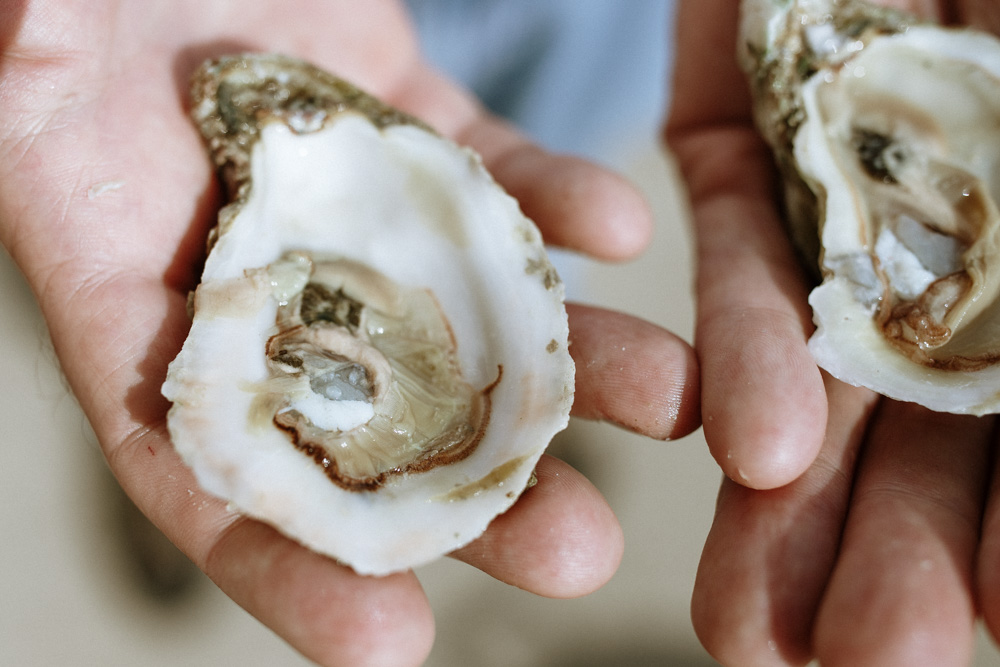It’s bad for oyster fishers, too. But if there just aren’t enough oysters to support harvesting them, well…
Currently, 25 of the state’s 27 harvesting areas are already closed. The season normally runs from Nov. 1 through April 30, but many of the areas have been closed since mid-December – a move the state says is necessary for future sustainability.
But those in the oyster business worry about the sustainability of their industry and livelihoods — and it’s set up a clash between state officials and oyster harvesters over how the resource should be managed.
[…]
The Gulf Coast region produces 45% of the nation’s $250 million oyster industry, according to NOAA fisheries. In Texas, the industry contributes an estimated $50 million to the state economy.
The Texas Parks & Wildlife Department decides when to close areas for harvesting using a traffic-light system that went into effect in 2015. If samples taken by state biologists come back with too many small oysters or too few oysters in general the agency closes the area.
[…]
Texas oysters have been having a rough decade, enduring hurricanes, flood events, and drought, says Jennifer Pollack with the Harte Research Institute.
“Oyster reefs really just aren’t able to recover from the things that we see happening to them,” Pollack says.
Across the Gulf Coast region, an estimated 50-85% of the original oyster reefs have disappeared, according to a report by the Nature Conservancy. They’ve been hit with hurricanes, flood events, droughts and the BP oil spill.
In Galveston, Hurricane Ike in 2008 was particularly devastating, destroying more than 6,000 acres of oyster habitat there, according to TPWD.
“We have all these disturbances that knock the reefs back, we have harvesting that continues, that probably keeps them at maybe a lower abundance level of oysters in the bay,” Pollack says. “They just can never climb back out so they’re a little bit less resilient next time something happens.”
A lot of these conditions – droughts, heavier rainfall – are only expected to be exacerbated by climate change.
Beyond the temporary closures, Texas Parks & Wildlife is also studying the permanent closure of three bays.
Oyster harvesters argue with the methodology that the TPWD uses to determine when bays should be closed, but it feels like we’re just rearranging the deck chairs. If oyster populations are declining like that, we need to take action now to ensure they don’t go away permanently. That’s rough on the people who make their living fishing them, but I don’t know what a better alternative is.

